43 the diagram below shows a bacterial replication fork and its principal proteins. drag the labels to their appropriate locations in the diagram to describe the name or function of each structure
Mastering Biology Chapter 16 - RHS Homework The diagram below shows a replication bubble with synthesis of the leading and lagging strands on both sides of the bubble. The parental DNA is shown in dark blue, the newly synthesized DNA is light blue, and the RNA primers associated with each strand are red. The origin of replication is indicated by the black dots on the parental strands. The diagram below shows a bacterial replication fork and its principal ... The labeled diagram of bacterial replication fork and its principal proteins. What does "replication fork" mean? The portion of DNA where the replication process is now underway is known as the replication fork. Its design is reminiscent of a fork. A multiprotein complex that accomplishes replication is located at the replication fork.
Lecture 15 Post-Class Questions Adaptive Follow-Up Flashcards The diagram below shows a bacterial replication fork and its principal proteins. Drag the labels to their appropriate locations in the diagram to describe the name or function of each structure. Use pink labels for the pink targets and blue labels for the blue targets. How does DNA polymerase add dNTP monomers to the growing chain?
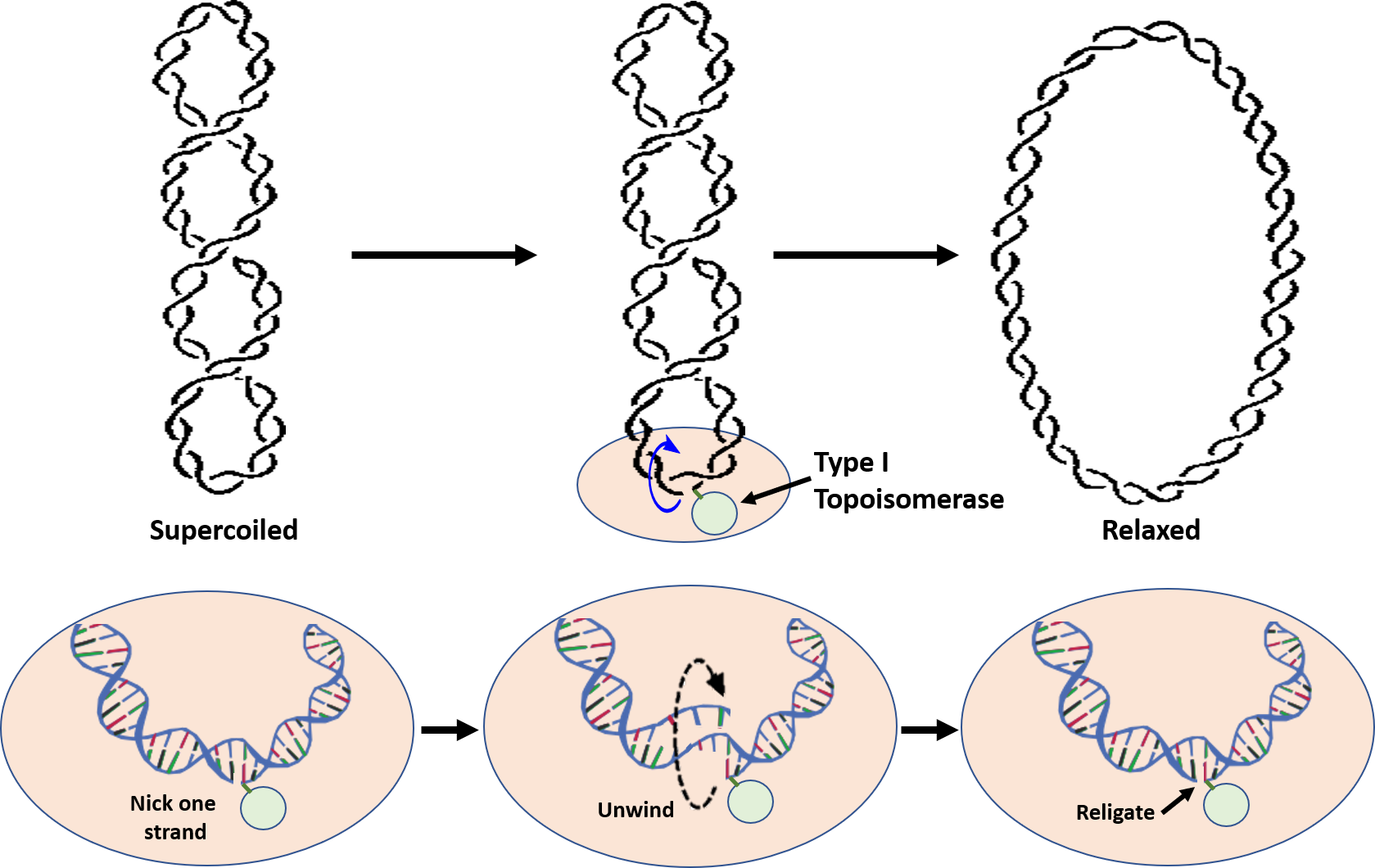
The diagram below shows a bacterial replication fork and its principal proteins. drag the labels to their appropriate locations in the diagram to describe the name or function of each structure
Solved The diagram below shows a bacterial replication fork - Chegg Question: The diagram below shows a bacterial replication fork and its principal proteins. Drag the labels to their appropriate locations in the diagram to describe the name or function of each structure. Use pink labels for the pink targets and blue labels for the blue targets. DNA structure and replication review (article) | Khan Academy The replication fork is the branched (forked) DNA at either end of the replication bubble. The replication complex is the group of proteins that help synthesize the new DNA strands. A replication unit is any chunk of DNA that is capable of being replicated — e.g. a plasmid with an origin of replication (ORI) is a replication unit. Chapter 11 Flashcards | Quizlet During a second cycle of replication, all four strands in the two duplexes will serve as templates, resulting in four duplexes (eight strands of DNA). Part B - Processes occurring at a bacterial replication fork The diagram below shows a bacterial replication fork and its principal proteins.
The diagram below shows a bacterial replication fork and its principal proteins. drag the labels to their appropriate locations in the diagram to describe the name or function of each structure. Molecular mechanism of DNA replication (article) | Khan Academy Some other proteins and enzymes, in addition the main ones above, are needed to keep DNA replication running smoothly. One is a protein called the sliding clamp, which holds DNA polymerase III molecules in place as they synthesize DNA.The sliding clamp is a ring-shaped protein and keeps the DNA polymerase of the lagging strand from floating off when it re-starts at a new Okazaki fragment 4 ^4 ... Solved Part B Processes occurring at a bacterial replication - Chegg Question: Part B Processes occurring at a bacterial replication fork The diagram below shows a bacterial replication fork and its principal proteins. Drag the labels to their appropriate locations in the diagram to describe the name or function of each structure. Use pink labels for the pink targets and blue labels for the blue targets. Mastering Biology Chp. 13 HW - Subjecto.com Flashcards Total word count: 4468 Pages: 16 Get Now Calculate the Price Deadline Paper type Pages - - 275 words Check Price Looking for Expert Opinion? Let us have a look at your work and suggest how to improve it! Get a Consultant « Previous Flashcard Next Flashcard » Share This Flashcard Like the Tone? The diagram below shows a bacterial replication fork and its principal ... The diagram below shows a bacterial replication fork and its principal proteins. Drag the labels to their appropriate locations in the diagram to describe the name or function of each structure. Use pink labels for the pink targets and blue labels for the blue targets. The diagram below shows a bacterial replication fork and its principal proteins.
Replication Fork: Definition, Structure, Diagram, & Function The replication fork is a structure which is formed during the process of DNA replication. It is activated by helicases, which helps in breaking the hydrogen bonds, and holds the two strands of the helix. The resulting structure has two branching's which is known as prongs, where each one is made up of single strand of DNA. Chapter 11 Flashcards | Quizlet During a second cycle of replication, all four strands in the two duplexes will serve as templates, resulting in four duplexes (eight strands of DNA). Part B - Processes occurring at a bacterial replication fork The diagram below shows a bacterial replication fork and its principal proteins. DNA structure and replication review (article) | Khan Academy The replication fork is the branched (forked) DNA at either end of the replication bubble. The replication complex is the group of proteins that help synthesize the new DNA strands. A replication unit is any chunk of DNA that is capable of being replicated — e.g. a plasmid with an origin of replication (ORI) is a replication unit. Solved The diagram below shows a bacterial replication fork - Chegg Question: The diagram below shows a bacterial replication fork and its principal proteins. Drag the labels to their appropriate locations in the diagram to describe the name or function of each structure. Use pink labels for the pink targets and blue labels for the blue targets.





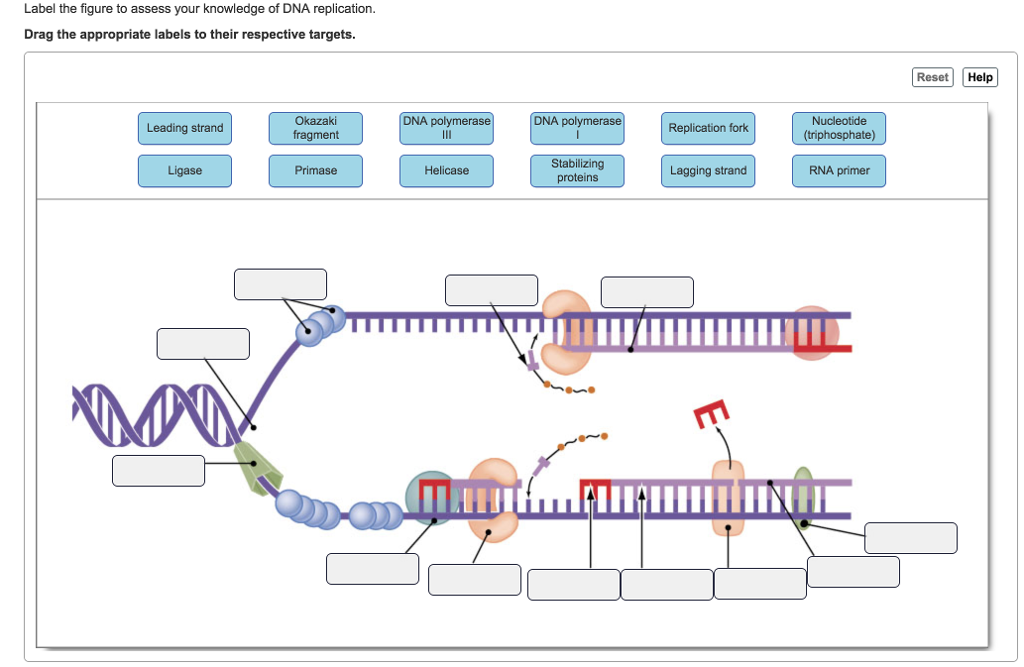


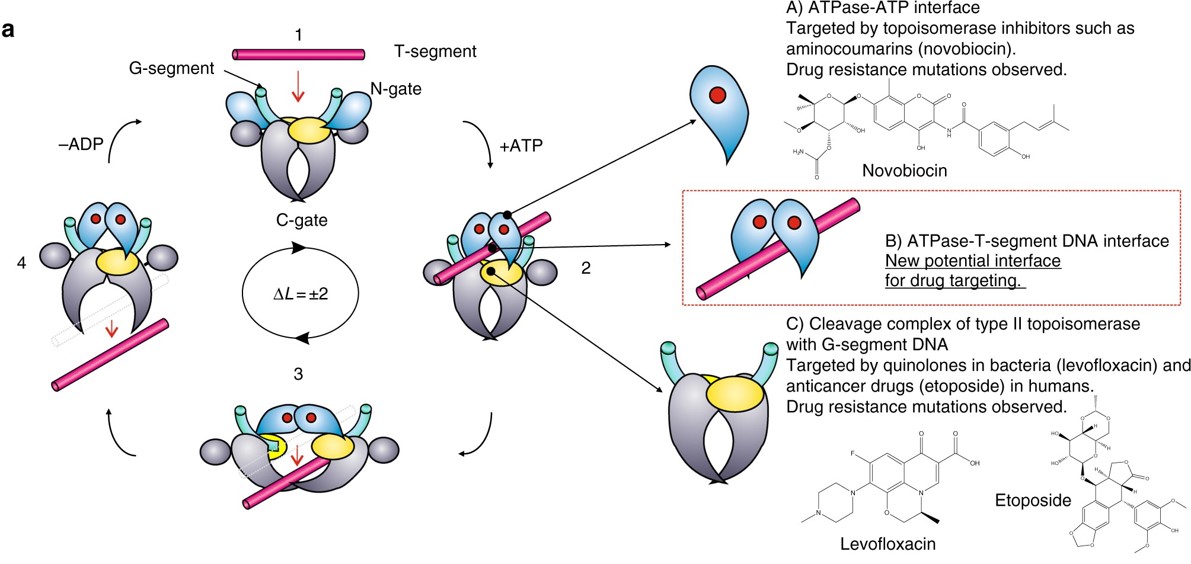
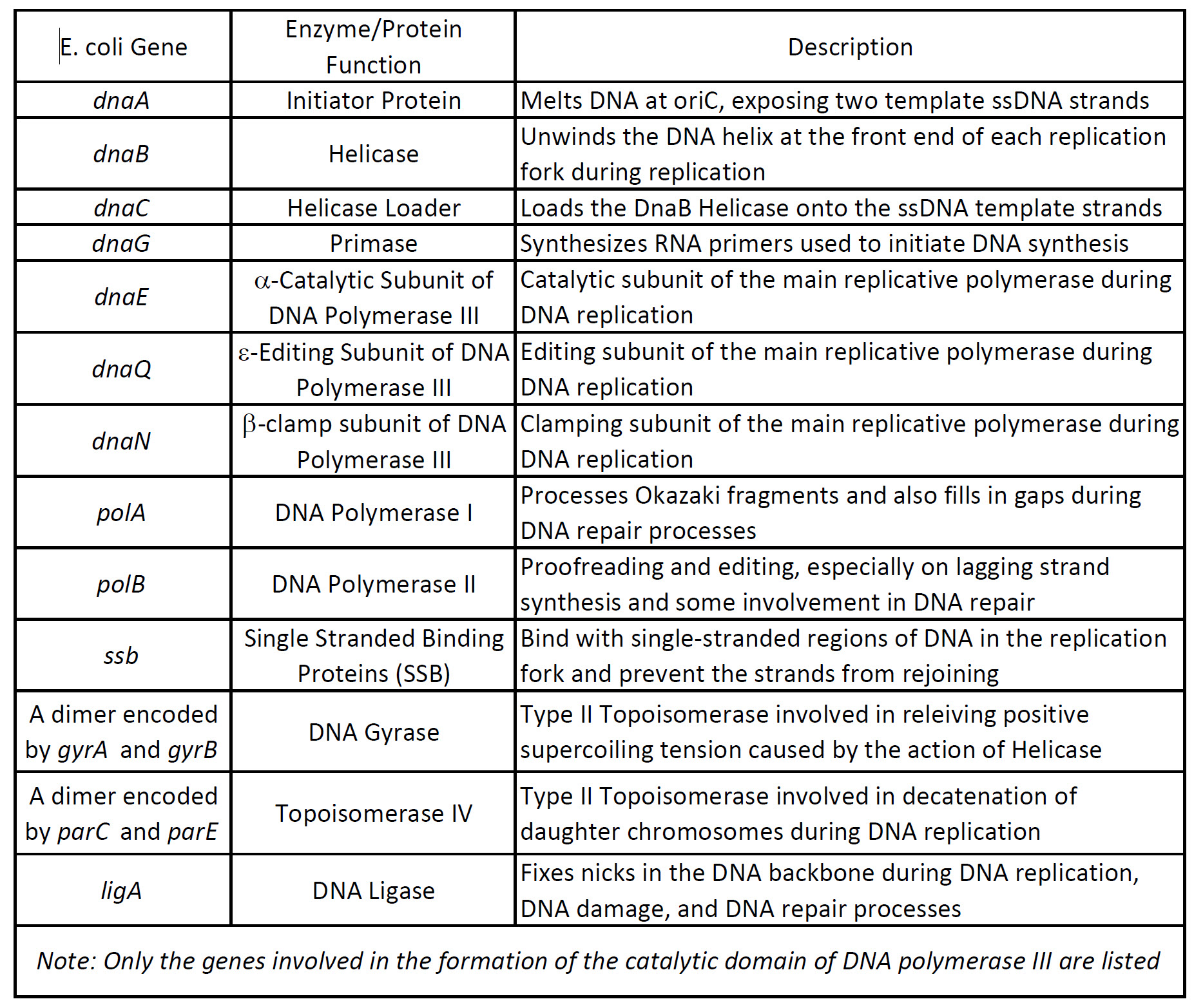
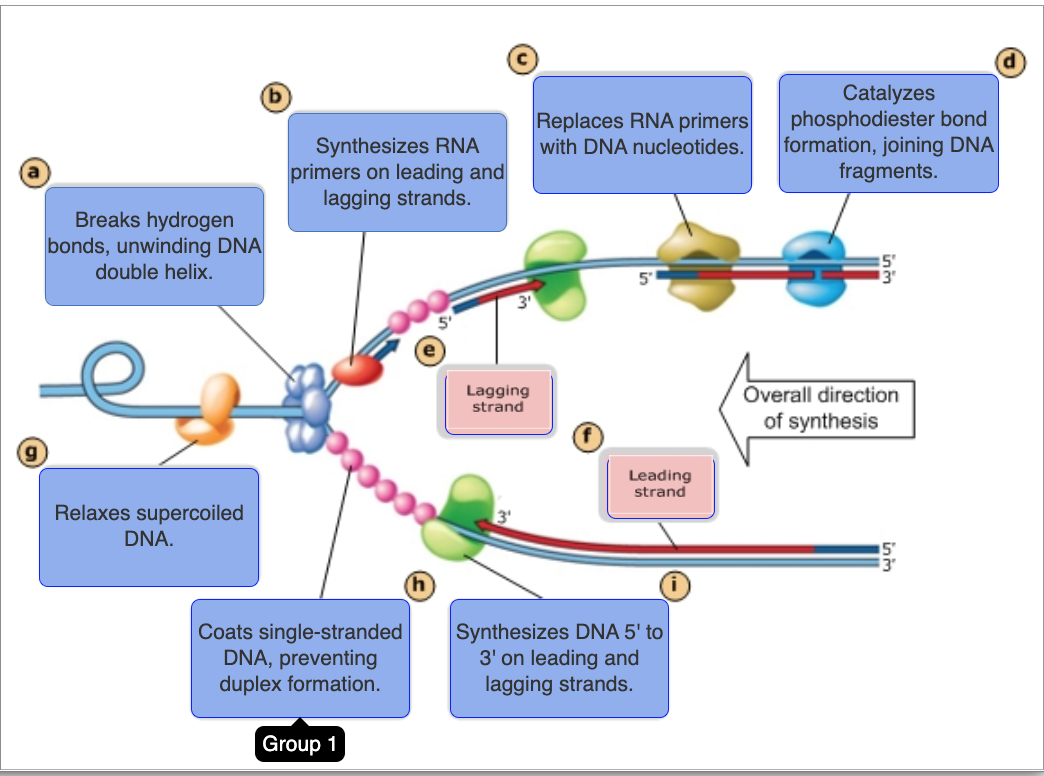
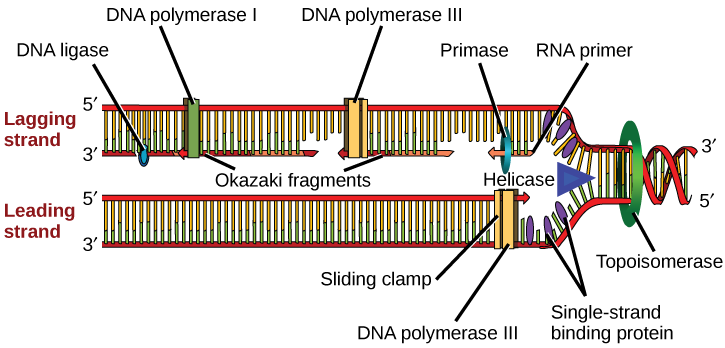
:max_bytes(150000):strip_icc()/DNA_replication_elongation2-e38fc92e8ad74586bfe0443d7490d3ce.jpg)


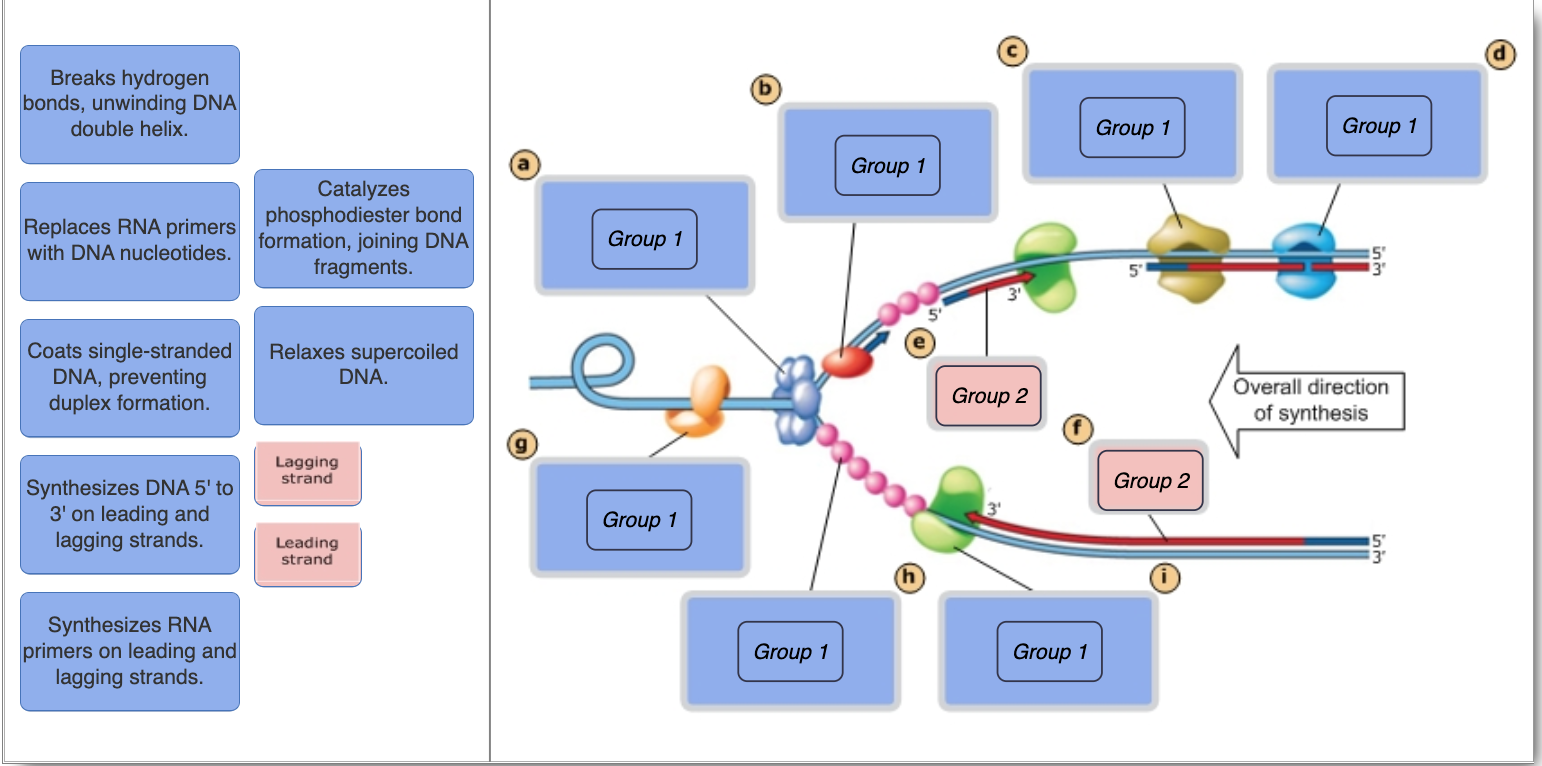
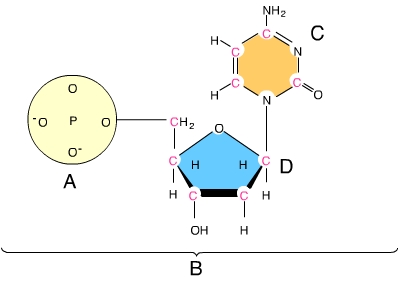





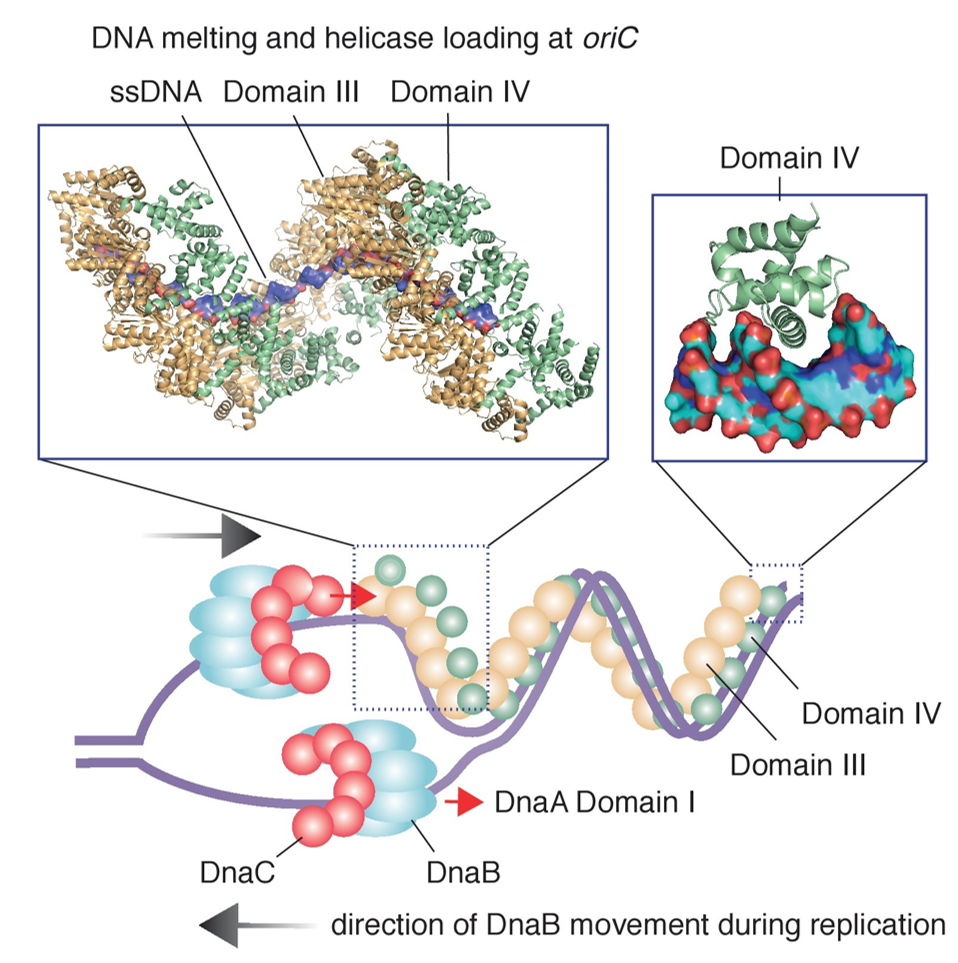




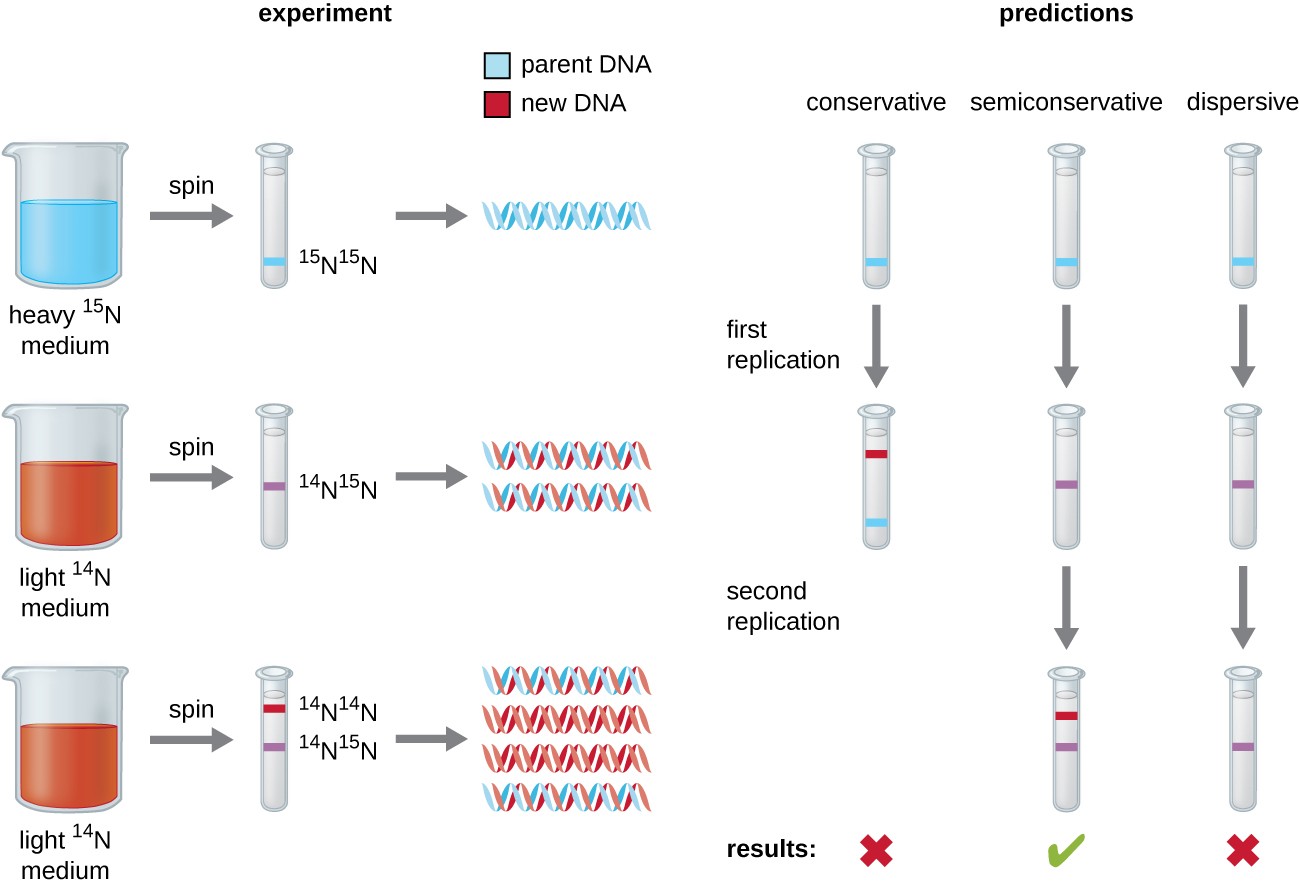

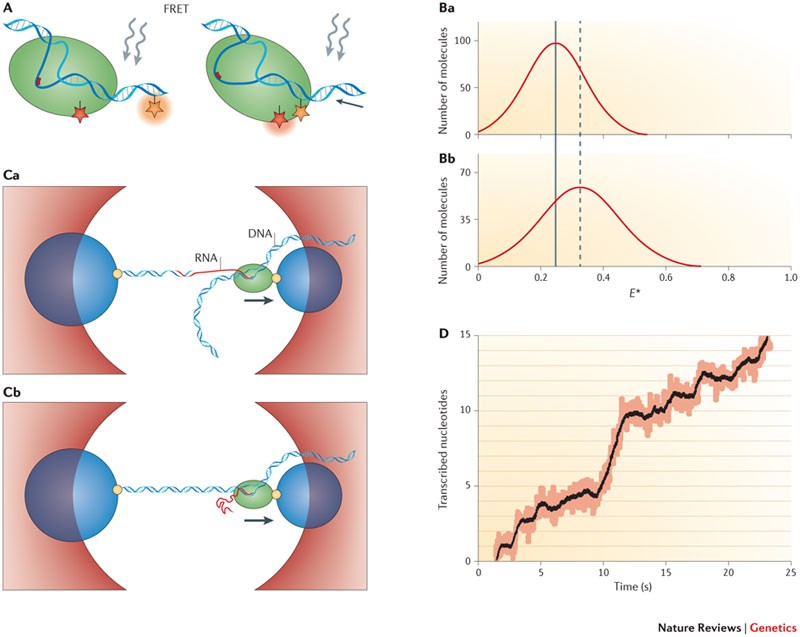







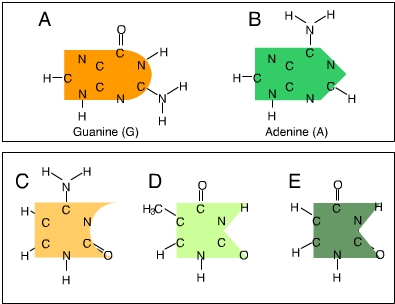
Post a Comment for "43 the diagram below shows a bacterial replication fork and its principal proteins. drag the labels to their appropriate locations in the diagram to describe the name or function of each structure"